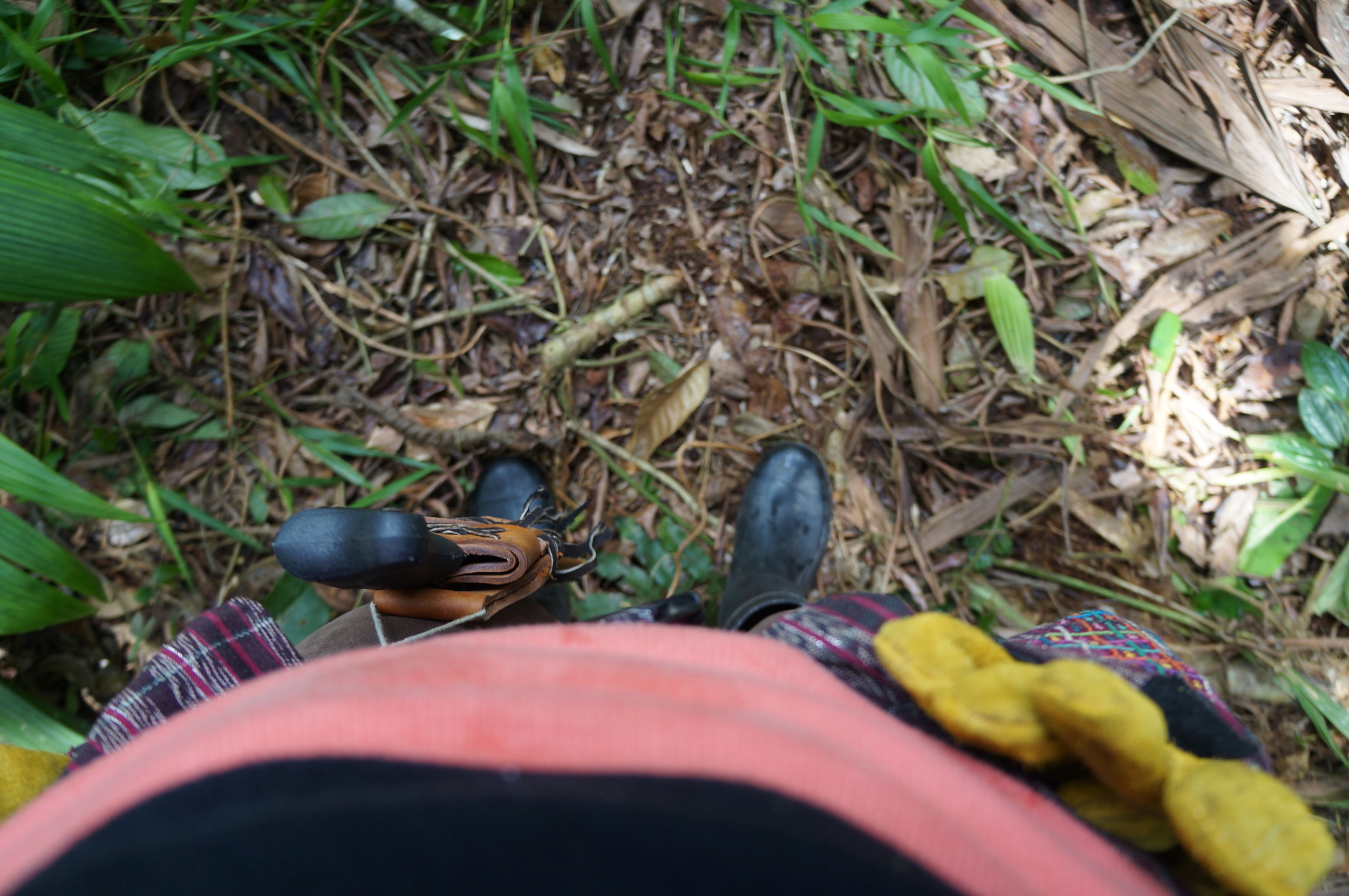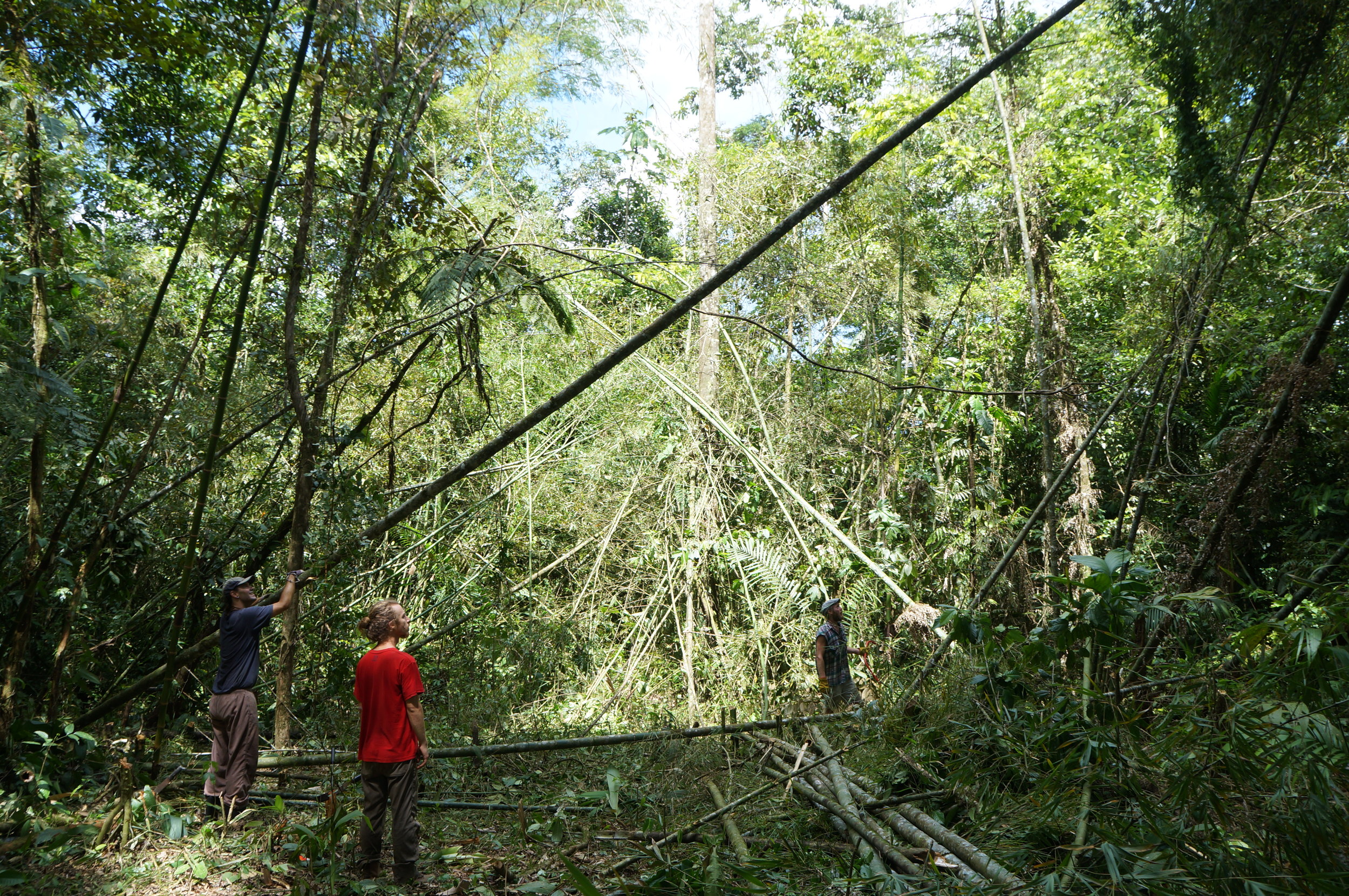Puntarenas
Is the natural option if you want to live by the beach. Puntarenas is a fishing village and still today a lot of boats and ships come, go and randomly hang out outside the harbors. This includes the huge cruise ships that about once a week dock along Paseo de los Turistas- for the tourists to beach it and buy coffee. Due to Puntarenas’ industry, and of course a bunch of other things, the beach and most of town is dirty. It is a great place as a starting point for your travels, since it’s a kind of transportation hub of the west coast. The ferry easily takes you to Nicoya Peninsula and busses leave regularly for both Guanacaste in the North, Jaco, Manuel Antonio and all the beaches on the southwest coast, San Ramón and San José. The town is small without any real activities besides the beach, a couple touristy restaurants and football games at the stadium every now and again. As with all places, Puntarenas has its charm. For instance, it offers tranquility and a chance to live in the heart of the Tico culture. The opportunity to practice Spanish here is great too since around town there is not much English spoken (as soon as you get away from El Paseo de los Turistas that is). The city center is cute with a useful and decent food market that brings you local fruits, veggies, fish and more.
2. Oh, you fell in love in Central America, Costa Rica and Paradise too? How to extend the stay
Volunteering. That is the word. If you have money left still, there are also a lot of interning opportunities around the country. Simply, I’ve put together a list of links you can have a look at according to your preferred interest. Sure, it takes some time reading through it all, send applications, make decisions and what not but you wanted to stay, right? Remember that YOU are the only one in charge of your life, now go out there and LIVE IT! Much Love and Luck to you on your path. If you feel like sharing your traveling stories with me (before, during, after or always), I’d be honoured.
Volunteer Latin America: http://www.volunteerlatinamerica.com/projects/index.html
Great source to find small, cheap and free projects: http://www.volunteersouthamerica.net/
http://www.goabroad.com/
http://globalportalen.org/
http://www.transitionsabroad.com/listings/work/internships/latinamerica.shtml
http://www.scandinavianinst.se/
http://www.peaceworks.se/
http://mytellus.com/
http://www.nicaraguainternships.org/
http://manniskohjalp.se/bli-volontar
Internships
http://framtidsjorden.se/bli-praktikant
http://www.theinterngroup.com/how-it-works/
http://www.praktikstart.se/kategori/praktik/
http://www.oneworld365.org/continent/central-america/work
http://www.projects-abroad.se/volontarresor-lander/costa-rica/
Work Exchange
Great blog to find all kinds of info about Work Exchange http://www.broketourist.net/tag/work-exchange/
Bonus tip!
There are organisations around that are not listed online and that doesn’t necessarily cost anything. The Caribbean Coast is unfortunately a poor area in Costa Rica and in need of loving souls helping out in smaller farms and what not. Go to Puerto Viejo (de Talamanca) and have a look around.
http://www.puertoviejosatellite.com/volunteer.php
http://www.ateccr.org/
http://www.vagosplace.com/
http://veronicasplacepv.com/work-exchange.php
Pura Vida siempre!





















